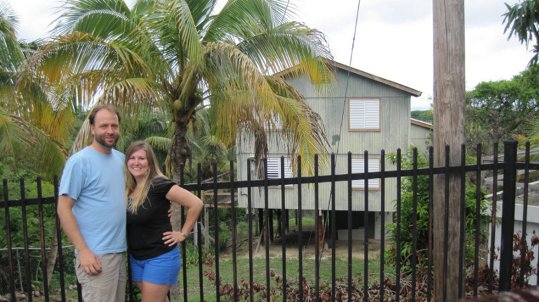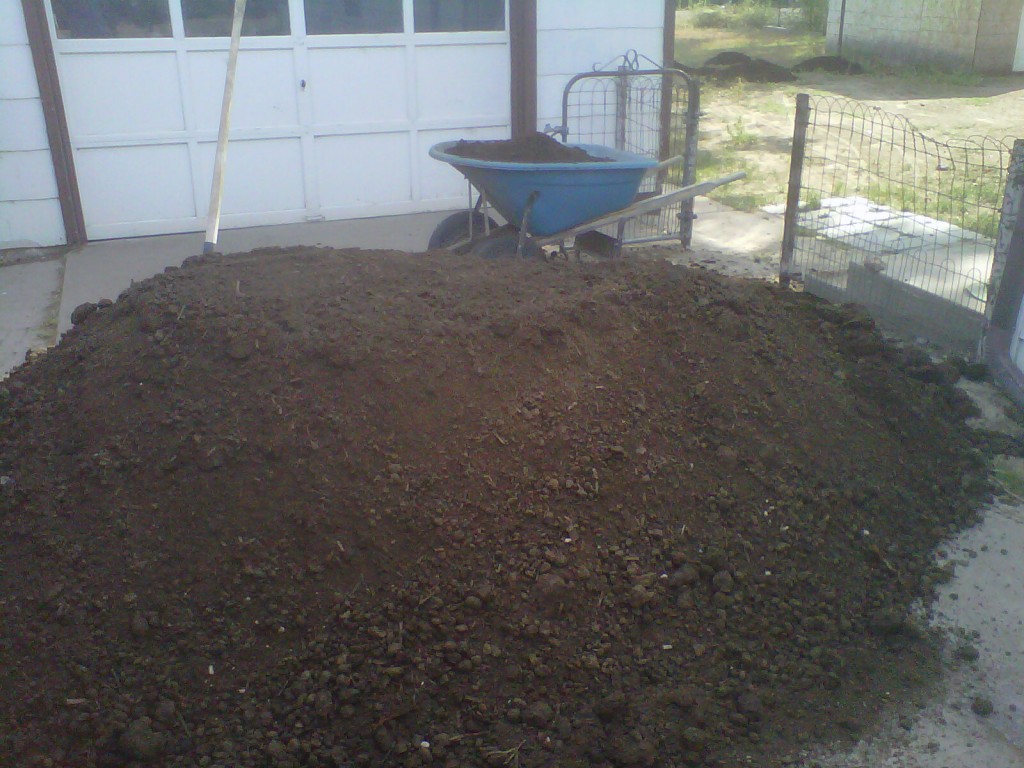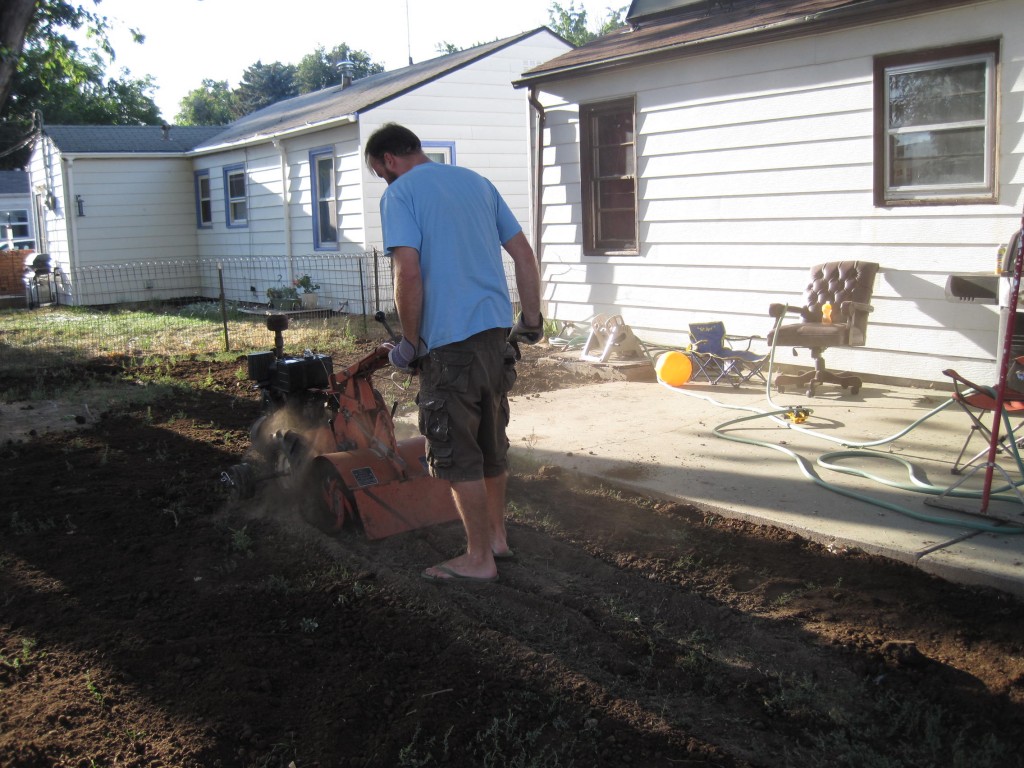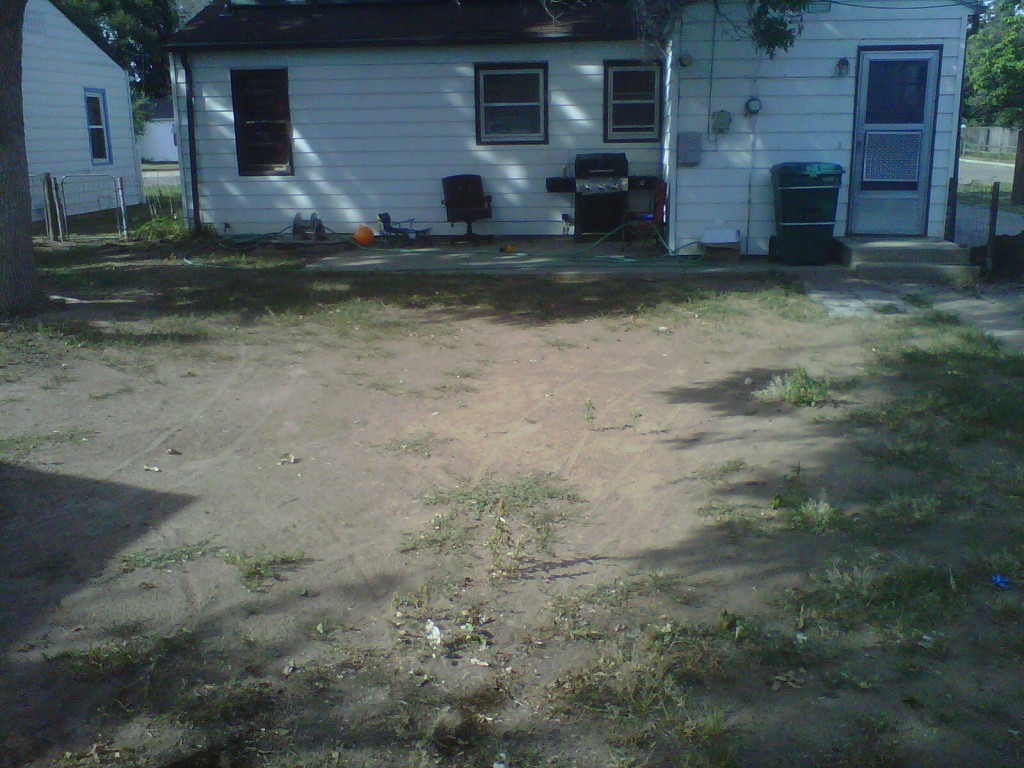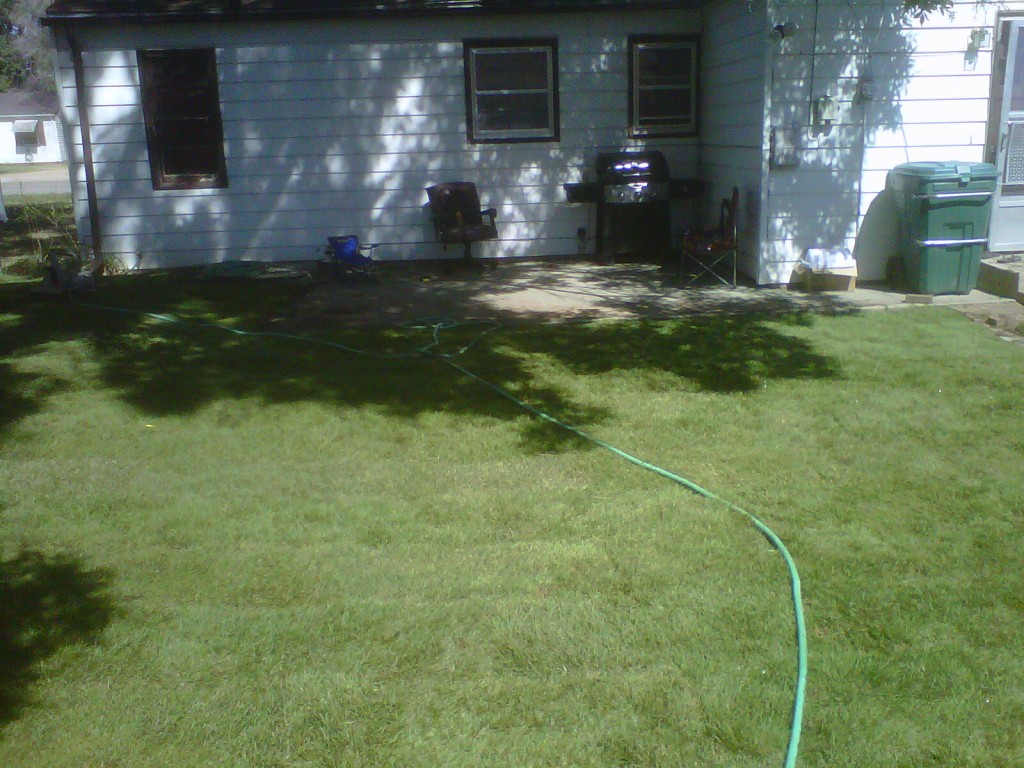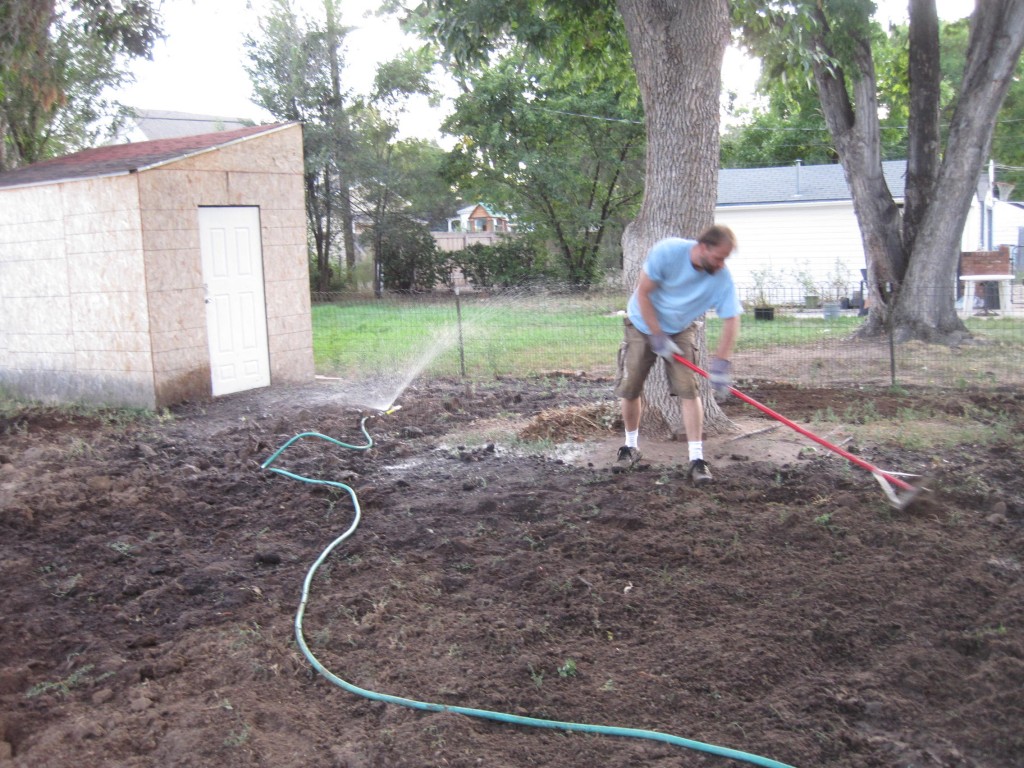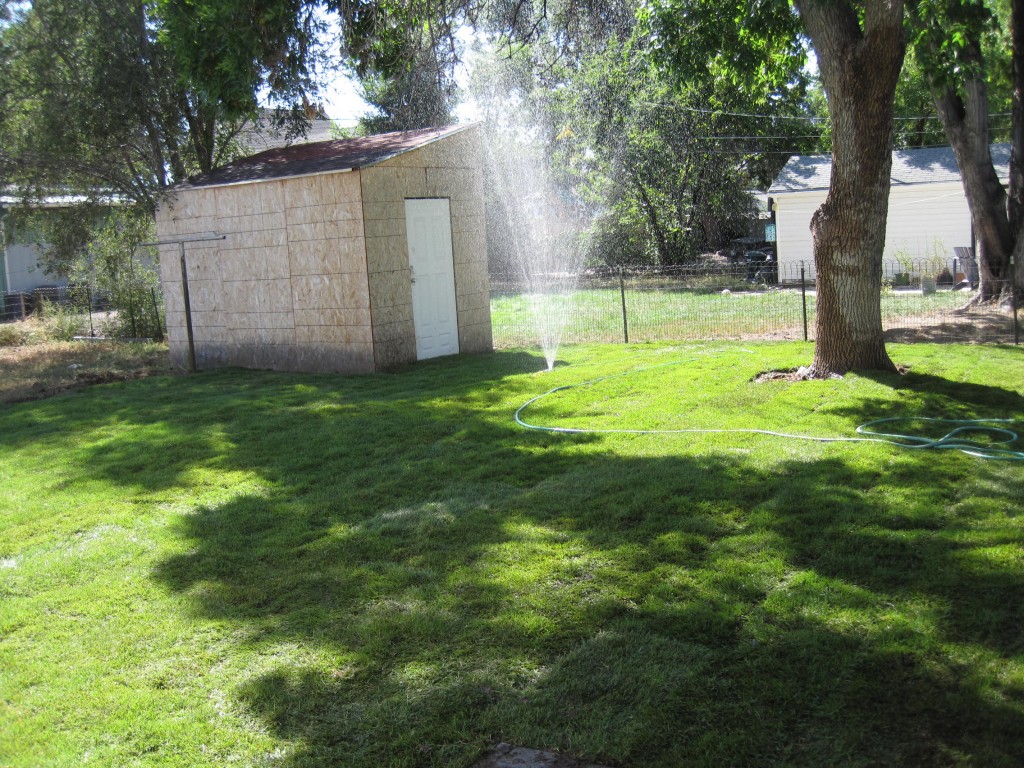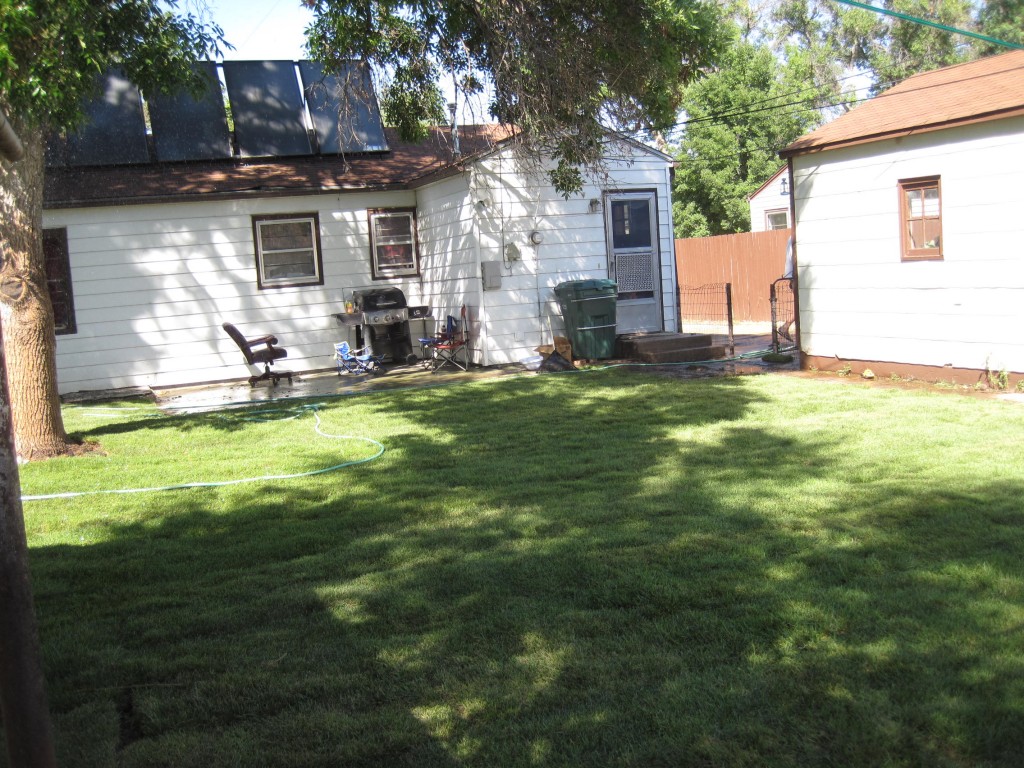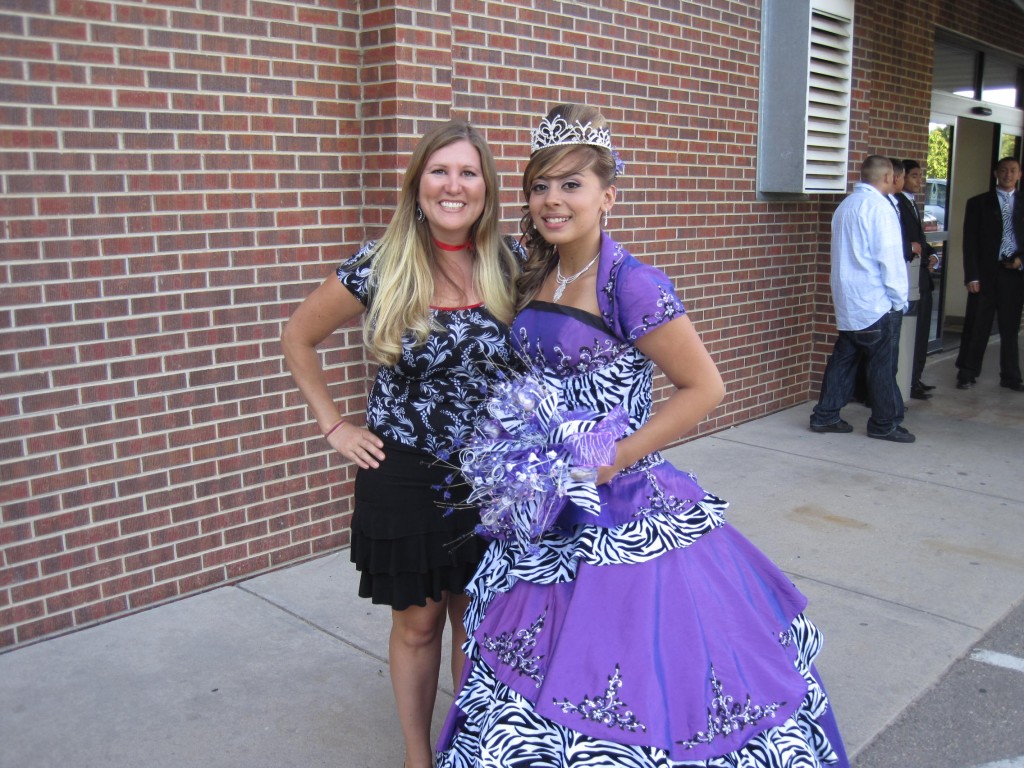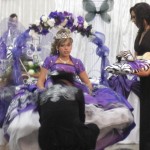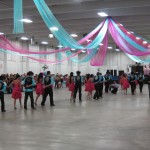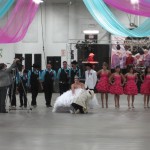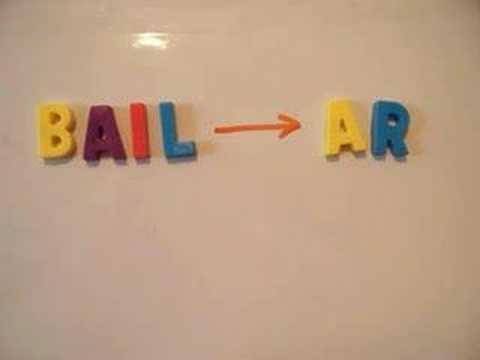There are many similarities and even more differences when buying property in Puerto Rico as compared with the states. So I decided to create a list for easy comparison. Can you think of any other similarities and differences when buying in Puerto Rico?
Buying Property in Rincon, Puerto Rico
We are new homebuyers in Rincón, Puerto Rico, but we had been looking for a property in Puerto Rico for some time.
In 2008 we attempted to purchase a property -a finca- in Lares, in the central part of Puerto Rico. In 2010 we also had another contract to buy a property in San Sebastian. It is from these experiences and our current experience buying our house in Rincon that we’ve learned that buying property in Puerto Rico is not exactly what you might expect stateside. We own properties in Colorado also so we do know about that process too. In some ways buying a property in Puerto Rico is quite similar to in the states, and in others, it is very different. Here are some of those similarities and differences:
Similarities:
- Puerto Rico is part of the United States and so Federal regulations do apply to housing.
- Most banks/mortgage lenders require the same paperwork: application, appraisal, survey, etc
- You need a contract to buy/sell
- The deed/title proves you own it. In Puerto Rico you own property basically just as in the states.
- You will want to make sure the deed is clean with no liens including utilities.
- You will have a closing and they will give you the keys. It is very informal with less paperwork compared to the states
- You can work with a real estate agent or with the seller in “for sale by owner”
- Closing with “cash” instead of a mortgage is less hassle
Differences:
- Puerto Rico does it DIFFERENT. Puerto Rico has its own government and housing stimulus packages and requirements that differ
- You can’t use a mortgage lender in the states. It must be a Puerto Rican lender.
- The paperwork may be in Spanish (or it may be in English)
- There is no MLS -Multiple Listing Service. This makes it very hard to search for a property in Puerto Rico.
- Because there are so many people who sell “by owner” and because there is no MLS, you will be doing a lot of calling and setting up appointments to see houses instead of doing them all at once
- Puerto Rico’s title laws do NOT guarantee a spouse (especially a woman) will inherit the property if the other spouse (the man) dies so this must be considered or explicitly stated in a will or other legal document
- Notaries in Puerto Rico MUST be a lawyer. Basically you will need a lawyer at some point in the process if you are planning to buy a house in PR
- The negotiation is generally not written out. In the states all offers need to be written. In PR, in our experience, only the contract and final paperwork was written out
- Many houses, especially outside of San Juan or out of a subdivision are “non-conforming” in one way or another. This may make it difficult to buy a house with a mortgage. In our attempt to purchase the Lares property they found that the access road to the house was non-conforming as it went over a river. Other things could be if the septic tank is not accessible or even if the house is made out of wood like ours in Rincon. There are “non-conforming” houses in the states as well, but there seem to be a lot more in PR. This also makes it hard to get an accurate appraisal as there are often no “comparables”
- There is a preference for concrete houses over wood for a few reasons (insurance, mortgage companies)
- People buy houses with cash a lot more often than in the states. This is often to avoid a lot of this red-tape.
- Prices may be ridiculously high or low. Because of the lack of true value appraisals, it’s sort of whatever goes.
- Property tax is very low and sometimes nothing at all in Puerto Rico, especially for people with only one property that they live in (as opposed to a vacation home).
- A note on buying in Rincón specifically compared with some other areas: Houses can be a lot more expensive in Rincón. Puntas, specifically even more so. Anything west of the 2 is more expensive than east of the 2. This is mainly because of the influx of stateside people willing to spend more (supply and demand).
These are just a few examples of differences in buying a house in Puerto Rico as compared with the states. As for us, the property deal in Lares fell through for a few of these reasons. We were attempting to purchase it with a mortgage, but it not only had problems because it was non-conforming but also because the title was not filed correctly. With the Rincon property we determined that it would be best to get a personal loan from the states (a 401(k) loan) instead of getting a mortgage to avoid a lot of the hassle and since we knew we might be given some grief over one of the buildings being wooden. We did get a lawyer because 1) you have to for the paperwork and 2) to make sure everything was titled correctly.
Overall, buying a property in Puerto Rico can be somewhat of a challenge if you’re used to the way things are in the states, but it is really not too bad and in some ways it’s actually better/easier. In any case, we are so happy we did and we can’t wait to get back to our home in paradise. If you’d like to check out our property, here are some pictures and videos.
* This post was first written in collaboration with Rincon Life and Rincon Vacations.

